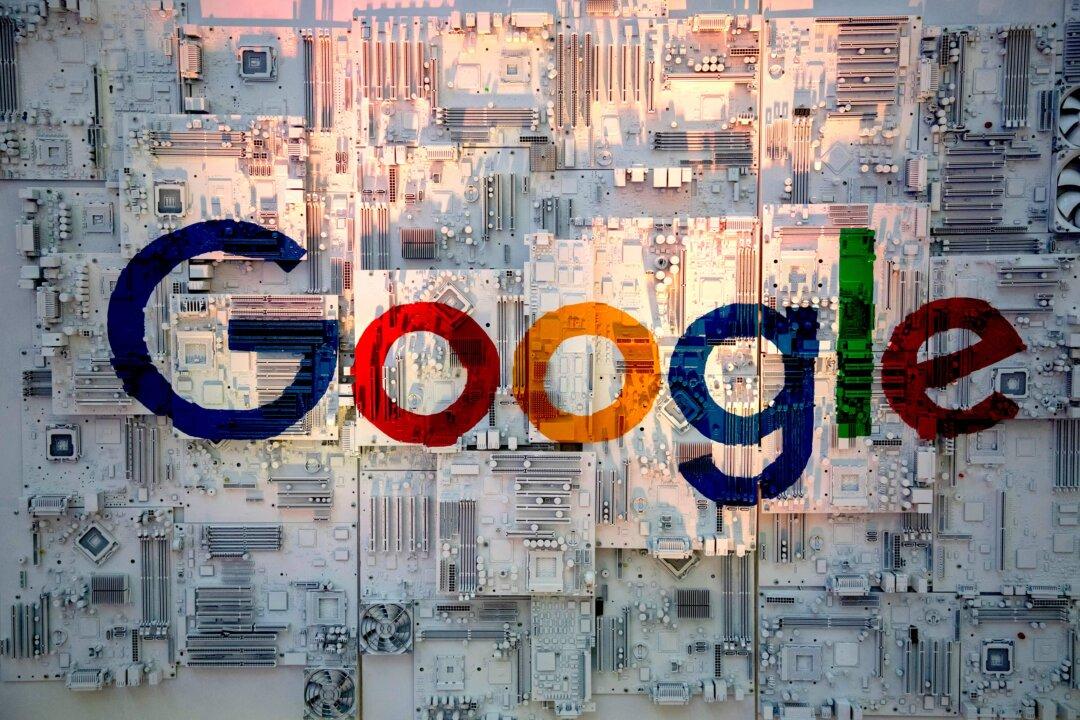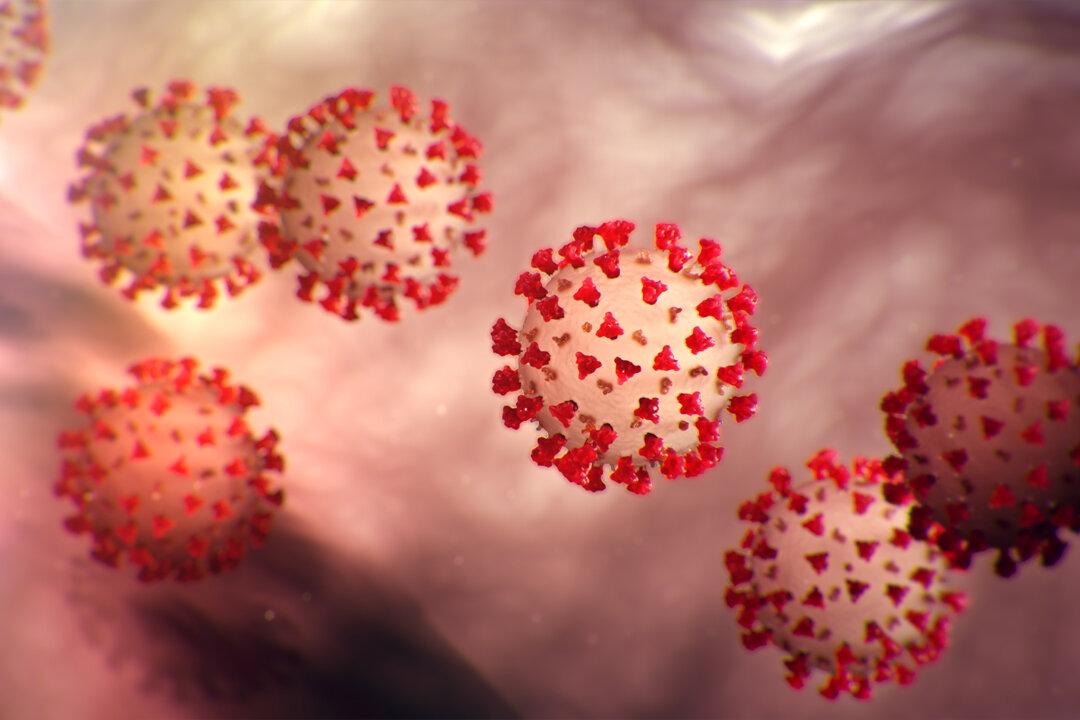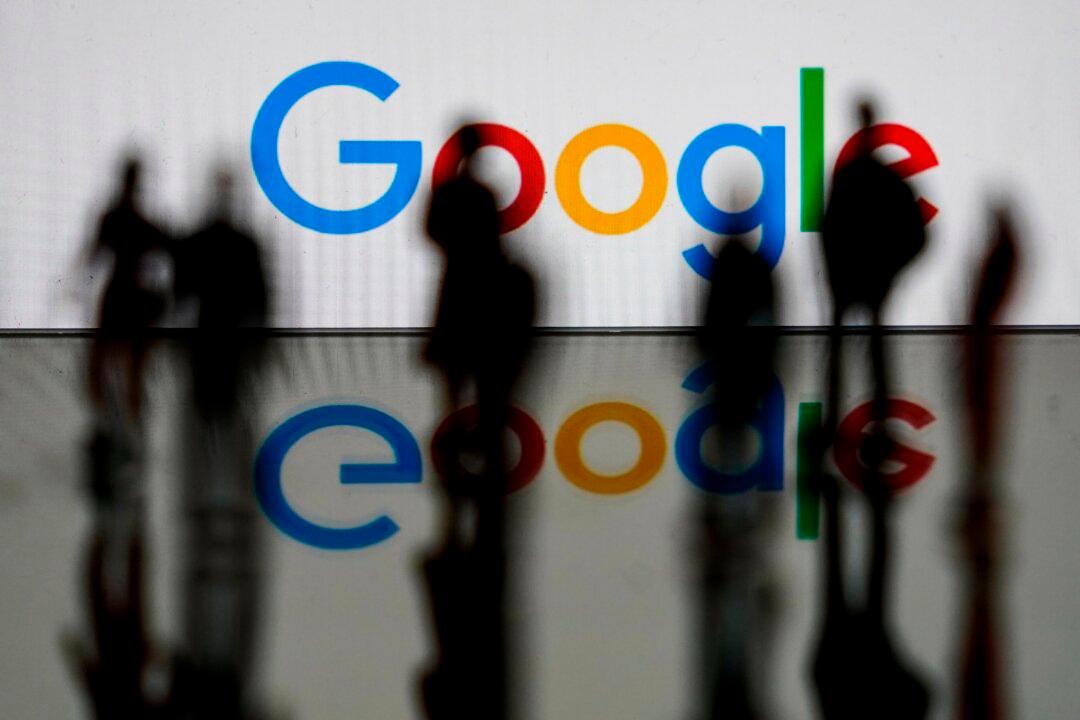Commentary
We’ve been buried in bad news for months now. It’s time for some good news, and here it is: There’s a simple, practical, common-sense way to stop the transmission of the novel coronavirus and reopen our entire economy without the need for social distancing.





